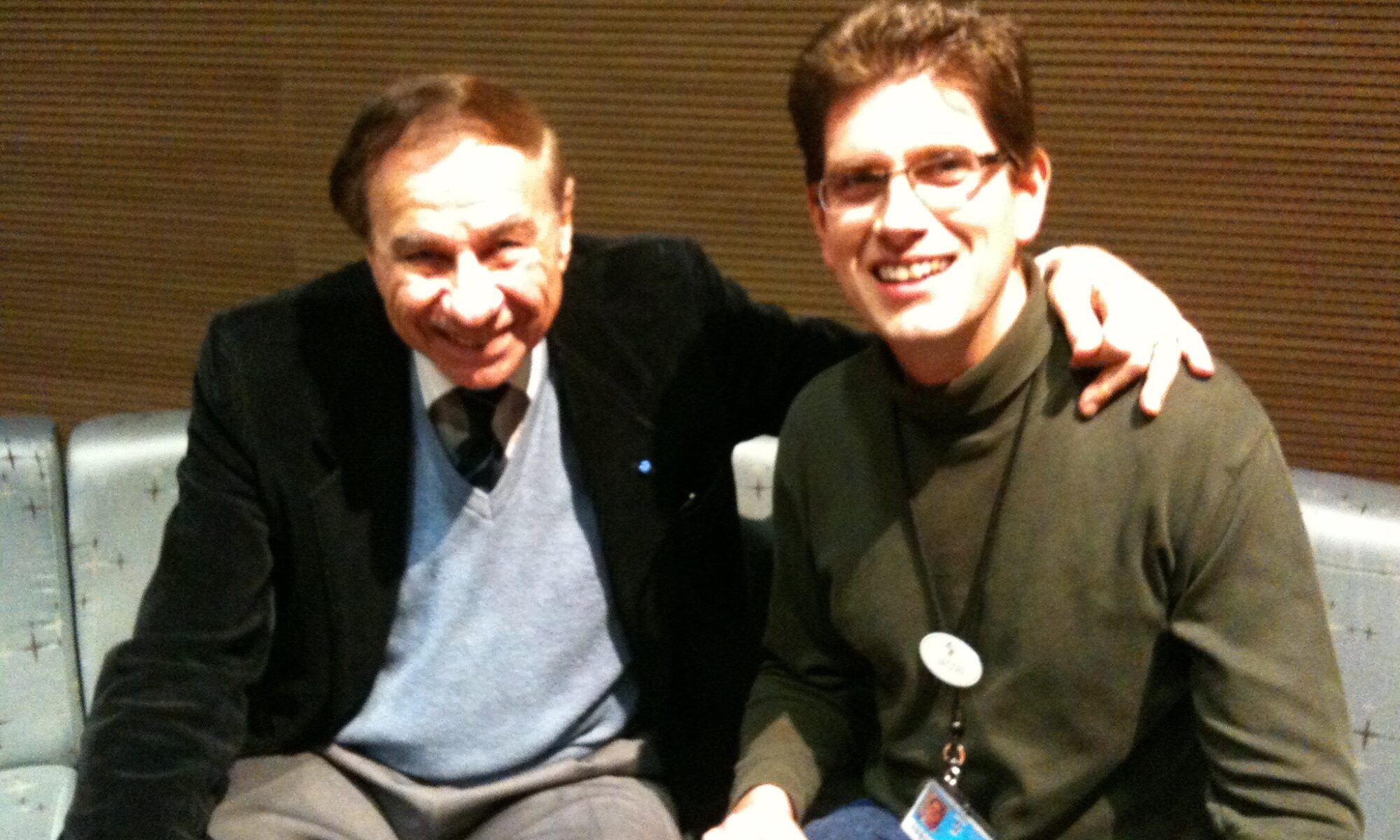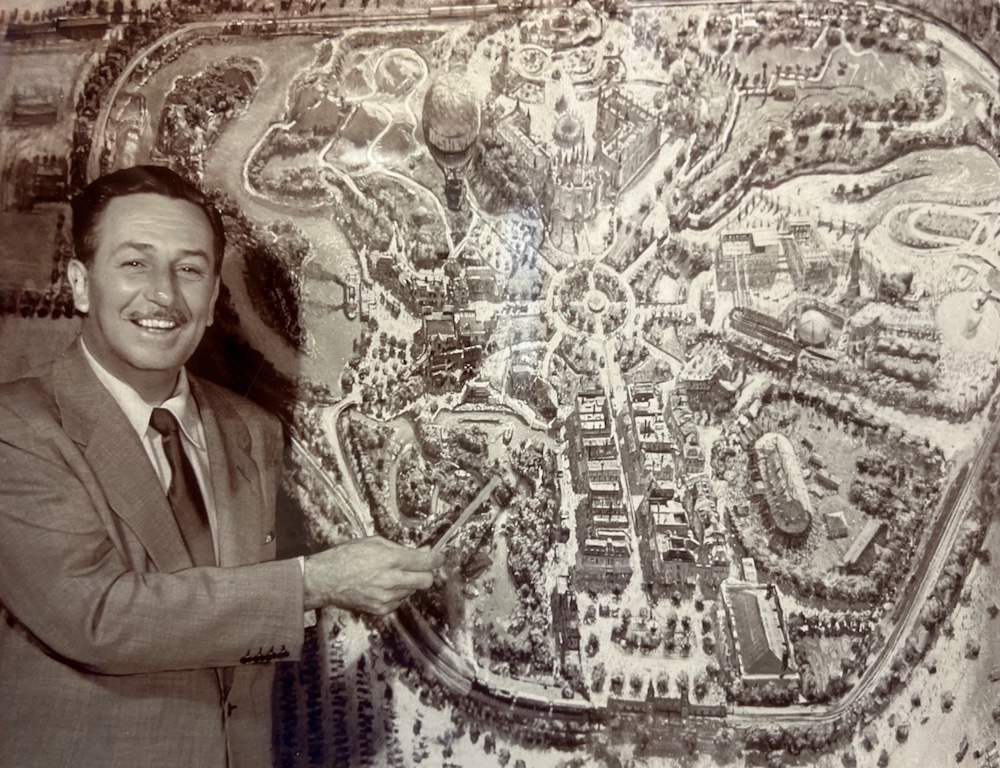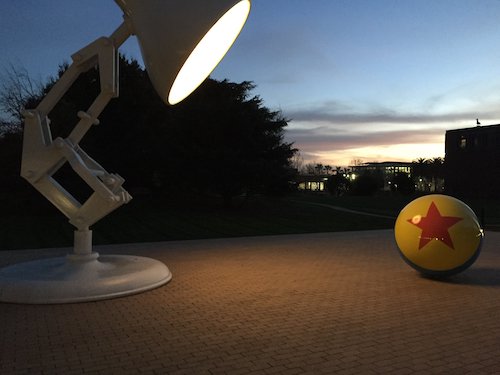“We are a storytelling company, and the architecture is part of the story.” – Bo Bolanos
“Hi Jason! Sorry I was in a conference call with Disneyland. Are you still around?”
Bo was texting me. We were trying to connect for lunch. He had some ideas he wanted to talk about but had been pulled into a meeting to dream into the future of Tomorrowland. That sounds fun, doesn’t it? Bo had been working at Imagineering for over 30 years. He was a brilliant art director and principal for creative development.
Bo and I had met on the Glendale Beeline shuttle from our GC3 office campus to the Burbank Train station. We loved talking shop. Bo was particularly good at complaining about office politics, the red tape of bureaucracy, and insufferable inefficiencies. He would wander through his frustrations and challenges, yet in every conversation, he would conclude with his signature laugh and infectious smile, “But I love what I do, I love making magic.”
Bo had just completed the design of Disneyland’s Pixar Pals Parking Structure. He had loved that project. In fairness, it wasn’t as grand as his efforts creating Aulani, or as massive as his work designing Disney’s Animal Kingdom or even the whimsical creative direction, he provided for Toontown. But to Bo, it was a dream. With leadership focused on opening Star Wars: Galaxy’s Edge, he had been given free rein to dream up a new parking structure. I remember seeing the ear-to-ear grin when he announced it was done. If you haven’t seen this Parking Structure, I highly recommend visiting it. It is quintessentially Bo, rooted deeply in story and expressed with artistic magic.
Bo was passionate about story and detail. He had a unique ability for draping stone, concrete, wood, and steel structures with a rich tapestry of story. When you are at any of his projects, you can feel it. It immerses you and pulls you deep into that alternate world. It connects you with the past, the future, and the timeless feeling of what it means to be human.
“How do you do it, Bo?” He answered with one word, “details.” He would then tell of how they hired artisans from African tribes to fly in and perfectly craft the thatched roofs at Disney’s Animal Kingdom, or how upon examination at Aulani, a newly built fabrication was demolished to raise the ceiling 10 inches to faithfully deliver the Hawaiian design vocabulary, critical to the physical narrative that was being told. That attention to detail is the source and power of Disney’s differentiated magic. Bo was a masterful wizard and casting that detail to life. You can still experience that magic at Toontown, Disney’s Animal Kingdom, Aulani Resort, Indiana Jones, Midway Mania, Buena Vista Street, Soarin’ over California, Napa Rose, and many, many others that Bo touched.
Sadly, Bo passed away earlier this month. I was shocked and devastated when I heard the news. I will miss Bo, but his impact will continue. Generations will continue to be touched by the stories he told in architecture, in stone, colors, and lighting. Bo reminds us that details matter. The art matters. The human story matters. Like Bo, we can tell the story through our own architecture, our lives, the expression of our creative energy on the universe, and make a difference.
“Disney is all about magic, about storytelling, and about family… I hope you all enjoy this magical, wonderful place.” – Bo Bolanos









